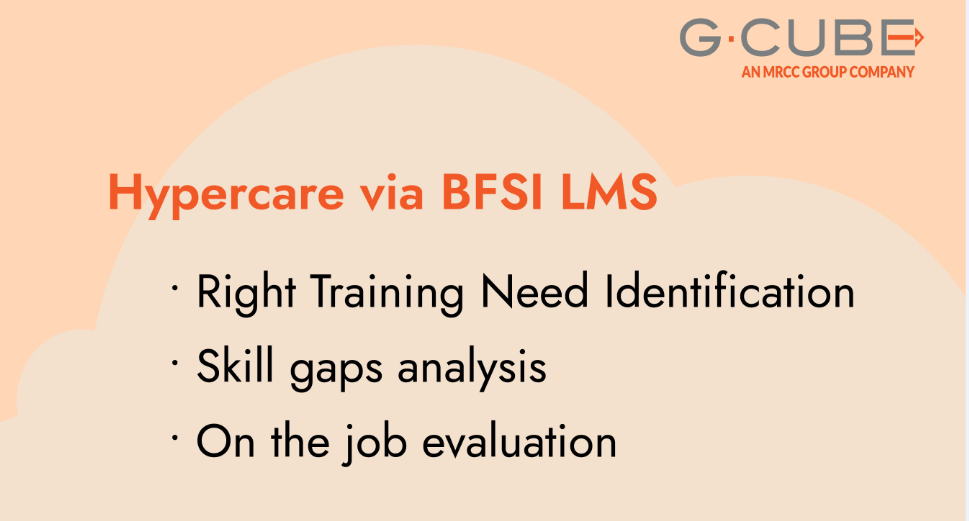Learning trends are defined by over all change in society and human lives have changed beyond doubt and deliberation. According to a Pew Research paper, the current trends have far-reaching effects on businesses, as the pandemic has reshaped supply-chains, consumer behavior, currency systems, not to forget the shift to gig economy. Organizations have had to take a hard look at their way forward, as they try to accommodate recession and the ‘Great Resignation’ simultaneously. Covid19 has made the importance of an agile learning environment clear to the companies and upskilling and reskilling has been the top priority for 59% organizations this year (LinkedIn Workplace Learning Report 2021). In this blog, we are going to talk about the trends that will drive learning in 2022 and the role of Learning Management Software as the driving force behind it all.
Learning Trends of 2022 & Learning Management Software
Employee Engagement and Retention
The ‘Great Resignation’ is real, and people are quitting faster than companies can hire. According to Gallup, 48% of the US population is on the lookout for better opportunities. This is a trend that started in 2020, with 300% growth in upskilling effort from an individual learner (LinkedIn Learning Report 2020) and has continued in 2021. Employees are eager for companies that provide opportunities to grow within the organization with continuous learning support for skill development and enhancement. The modern learning experience platform engages the learner with AI-powered learning recommendations based on their skills, industries, and processes.
Skill Assessment and Evaluation
The World Economic Forum had announced the Second Industrial Revolution and need for upskilling due to heightened digital dependency in the very beginning of 2020. Covid19 only accelerated digitalization in all sectors. While the nature and technology of many jobs are changing across banking & finance, pharma, retail, and even government departments, employers do not have the time to waste on redundant efforts. Businesses need to assess the skills of their employees faster as they fight the lack of digital-savvy workforce. A learning management system with an in-built on-job-evaluation feature can help in flexible and objective job performance evaluation across roles and multiple hierarchies.
KPI Based Learning for Performance Support
The buck does not stop at evaluation of performance but providing real-time support for performance enhancement. According to JoshBersin.com, this year job postings which offer on-the-job training have gone up by 40%. C-Suites of companies engaged in successful businesses have realized that learning is not an exclusive activity that happens inside a classroom but a reinforcement of habits. An employee needs to be triggered learning content based on their own performance metrics or skill gap. A Learning Performance Platform integrates with the various business tools like CRM, QMS, and ERP to collect data on an employee’s key performance indicators. This data is then used to upskill employees and ensure they can meet performance goals.
Virtual Learning of Dispersed Workforce
Remote working has become such a norm that 33% of L&D leaders have virtual onboarding as their top concern (LinkedIn Workplace Learning Report, 2021). However, they have also come to realize that providing effective virtual training for the globally dispersed workforce means a lot more than a video call or a conferencing tool. Remote training needs to engage with the employees right from the onboarding to help them adjust with the company culture. Effective learning will require identifying training needs and skill gaps, tracking certification and compliance, keeping employees updated with refresher content and more. An extended enterprise learning management system with multiple training format support for learners and seamless user management for administration, is the key.
All-in-one Technology and Easy Integration
Experts all over the world are warning against the excessive use of technology. The future will need all of these functions to come together for a singular human experience. Sophistication of technology lies not only in invention but also integration with the existing tools and technique. The ability of a learning provider to step up to this game will decide their journey in the new era.
At G-Cube we are continuously researching the various aspects of human learning and the role of the learning management software in this journey. We would love to collaborate, talk, and listen to anyone who is interested in the same domain. Do write to us and Happy New Year!









